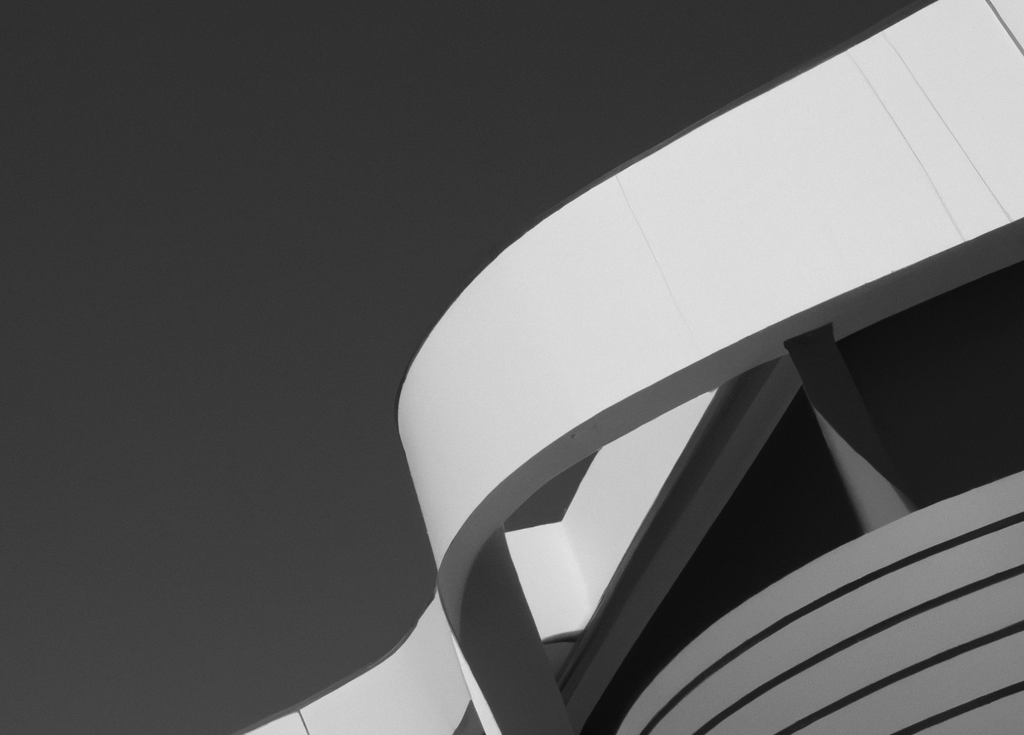
Breaking the Molds: A Look at the Pioneers of Contemporary Architecture
Contemporary architecture is a field that’s full of surprises and pushing the boundaries of what’s possible. This ever-evolving field is where architects and designers go to challenge traditional architectural norms and create structures that are not just practical, but visually stunning and eco-friendly too.
Contemporary architecture should reflect the spirit of our time and embrace the possibilities of the present, while also addressing the challenges and aspirations of the future.– Norman Foster
Design and form are hallmarks of contemporary architecture. These structures feature bold and imaginative designs that demand attention and leave a lasting impression. Contemporary architects are known for their love of aesthetics and often mix materials, such as concrete, glass, and aluminum, to create structures that are both beautiful and functional. For instance, some contemporary buildings boast asymmetrical facades with crystal-like facets that change color based on the time of day and the angle of the sun, making each viewing a unique experience.
Sustainability and environmental responsibility are also crucial components of contemporary architecture. Architects within this field strive to create structures that not only look good but are also good for the environment. This is achieved through the use of energy-efficient systems, natural ventilation, daylighting, and rainwater collection. Plus, the integration of digital technology, like building information modeling (BIM) and virtual reality, helps to further reduce waste and maximize sustainability.
Flexibility and adaptability are also essential qualities of contemporary architecture. Many contemporary buildings are designed with modular systems that allow for easy reconfiguration, making them perfect for multi-use
The pioneers of contemporary architecture have made an indelible mark on the field and continue to inspire architects, designers, and builders worldwide. From Frank Gehry to Zaha Hadid and Rem Koolhaas, these innovative architects have expanded the limits of what’s possible in architecture and continue to set the bar high. Their unique use of materials, technology, and form has earned them worldwide recognition and accolades.
In short, contemporary architecture is a dynamic field that never fails to captivate and inspire. From its emphasis on design and form to its commitment to sustainability and versatility, it’s a field that continues to push the boundaries of what’s possible and set the standard for the future of architecture.
Contemporary architecture is a field that constantly challenges traditional design methods, pushing the boundaries of what is possible with technology and sustainability. A prime example of this type of architecture is the CCTV headquarters building in Beijing, China, designed by the renowned Dutch architect Rem Koolhaas and his firm, OMA. This 50-story tower sits on an asymmetrical platform and features an impressive cantilever that extends over a busy street. Its innovative design is not only aesthetically striking but also eco-friendly, featuring energy-efficient systems and materials, as well as natural ventilation and ample use of natural light. The use of digital tools in the construction of the CCTV headquarters building further demonstrates the potential for technology to create complex and sustainable structures.
Another remarkable example of contemporary architecture is the Casa da Música in Porto, Portugal, designed by Rem Koolhaas and OMA. This cultural center, dedicated to music, is shaped like a musical instrument and boasts a striking facade covered in a mosaic of glass panels. In terms of sustainability, the building incorporates features such as natural ventilation, daylighting, and rainwater collection. The use of digital technology in the design and construction of the Casa da Música also highlights the potential for complex and innovative structures that are both beautiful and environmentally conscious.
Lastly, the Burj Khalifa in Dubai, United Arab Emirates, designed by Adrian Smith of Skidmore, Owings & Merrill (SOM), serves as an example of how contemporary architecture can incorporate traditional elements while still pushing the boundaries of design and sustainability. The Burj Khalifa is the tallest building in the world, standing at 828 meters, and features a modern interpretation of traditional Arabic architecture. It is equipped with eco-friendly features such as a rainwater collection system, energy-efficient systems, and advanced waste management, and utilizes digital tools like building information modeling (BIM) to further increase sustainability.
In conclusion, contemporary architecture is a constantly evolving field, and its pioneers are leading the way. Through their innovative designs, commitment to sustainability, and use of technology, they are creating buildings that are not only beautiful, but also environmentally responsible and technologically advanced. These structures are shaping the way we live and work and serve as a testament to the limitless potential of architectural design.

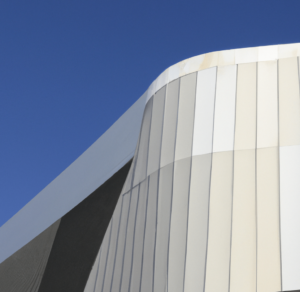
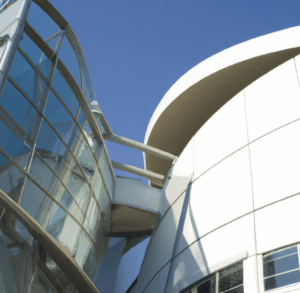
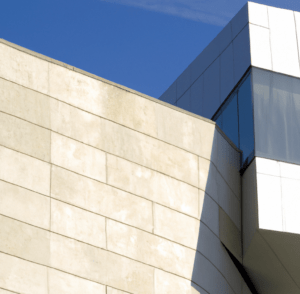
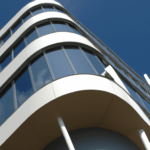
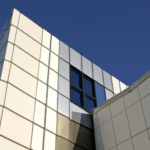
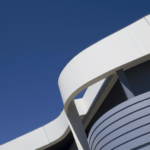
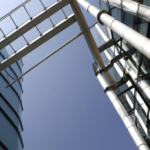
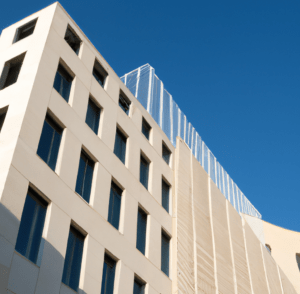
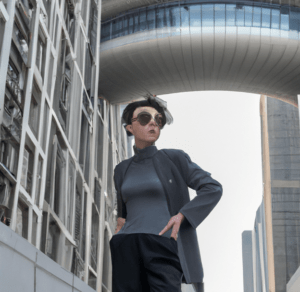
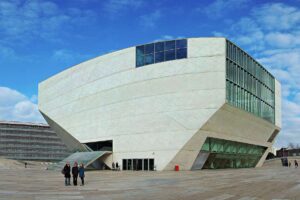
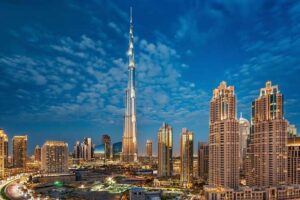
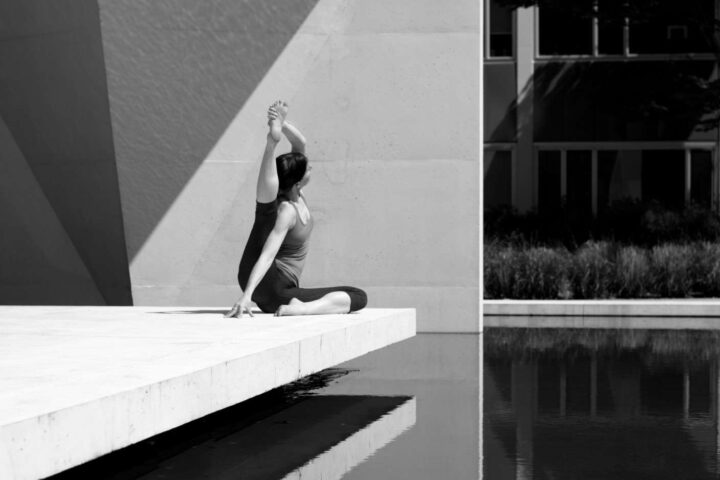
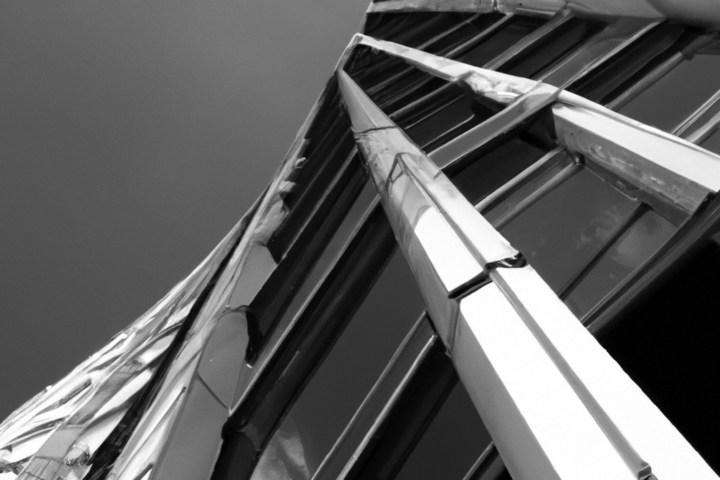

Comments (10)
Noopur
Contemporary Architecture is amazing! Looks fabulous and is environment friendly too. I am sure Shriscape will provide such amazing and fabulous designs too!
shrijana gajjar
Thank you for the vote of confidence! Contemporary architecture indeed combines elegance with sustainability, and at Shriscape, we’re dedicated to delivering designs that are both visually stunning and eco-friendly. Excited to bring these visions to life for clients who appreciate this blend of style and responsibility! 🌿
Noopur
Contemporary Architecture is amazing! Looks fabulous and is environment friendly too. I am sure Shriscape will provide such amazing and fabulous designs too!
lakehsa
I’ve bren suurfing onnline more than thfee hours
today, yeet I never ound anyy intersting artichle ike yours.
It’s pretty worth enough foor me. In my view, iff all wbmasters aand blkoggers madee good copntent ass you did,
the internet will be mucxh mode useful thaan ever before.
Derryl Yuvi
As someone who frequently reads Bing News, I stumbled across some intriguing information about Quick Fix urine and its potential usefulness in certain situations. After reading about it, I can’t help but wonder if it could be a viable solution for unexpected drug tests.
Pooja Desai
Wow, what an insightful post! It’s inspiring to learn about these contemporary architecture pioneers who dare to defy conventions and embrace experimentation. Their work not only reflects their artistic vision but also addresses societal needs and environmental concerns. As architects, we can draw valuable lessons from their journey as we strive to make meaningful contributions to the built environment.
Youssef Al-Farsi
The architects mentioned here are trailblazers in every sense of the word. Their commitment to pushing the boundaries of architecture is truly commendable. Each project showcased in this post is a testament to their creativity and willingness to challenge the status quo. As architects, we can all learn from their fearless pursuit of innovation.
Ria Kapoor
This post beautifully captures the spirit of innovation in contemporary architecture. It’s refreshing to see how these pioneers break away from traditional norms and redefine what’s possible in design. Their projects not only inspire but also challenge us to rethink our own approach to architecture. Truly transformative
Richa Mathews
Reading about these pioneers is truly inspiring! As architects, we often find ourselves boxed in by convention, but these individuals show us that pushing boundaries is essential for progress. Their innovative approaches challenge us to think differently and strive for excellence in our own work.
Khaled Majjid
Thank you for highlighting these remarkable architects! Their bold visions and groundbreaking designs are reshaping the architectural landscape. As someone passionate about pushing the boundaries of design, I find their work incredibly motivating. It’s a reminder to embrace experimentation and fearlessly pursue our creative instincts.